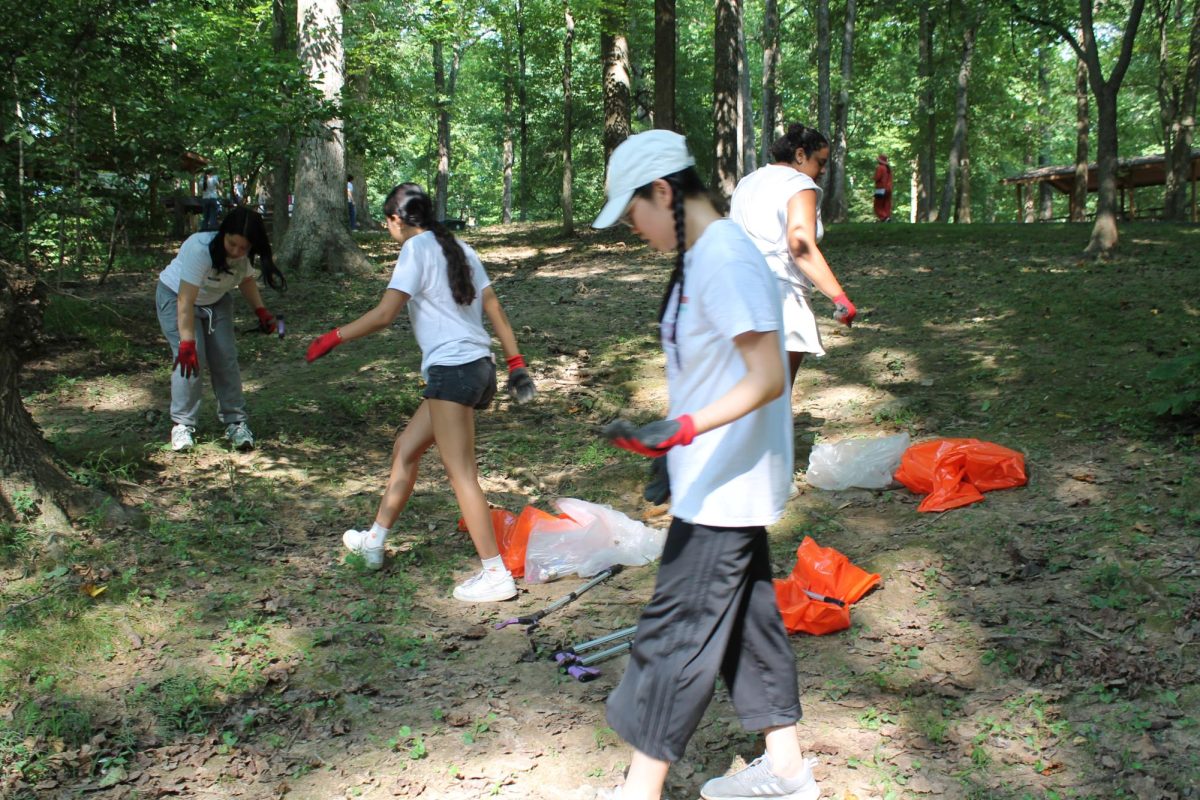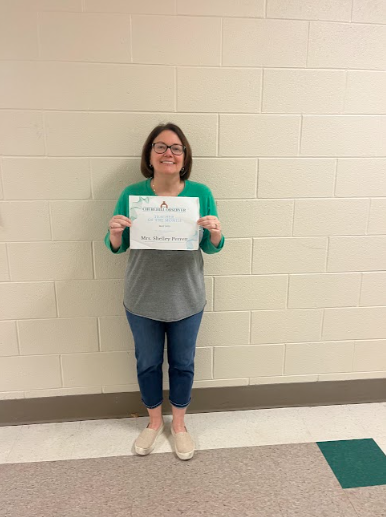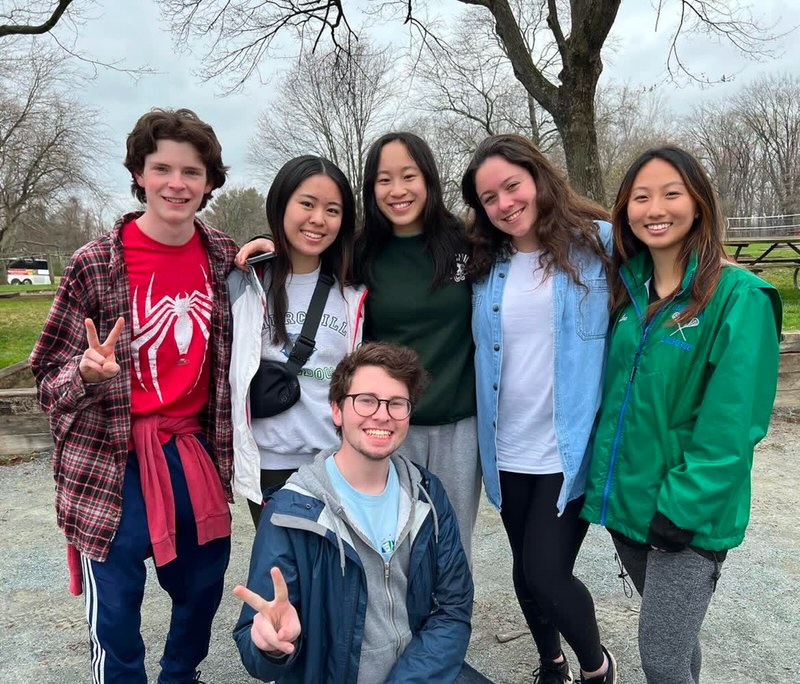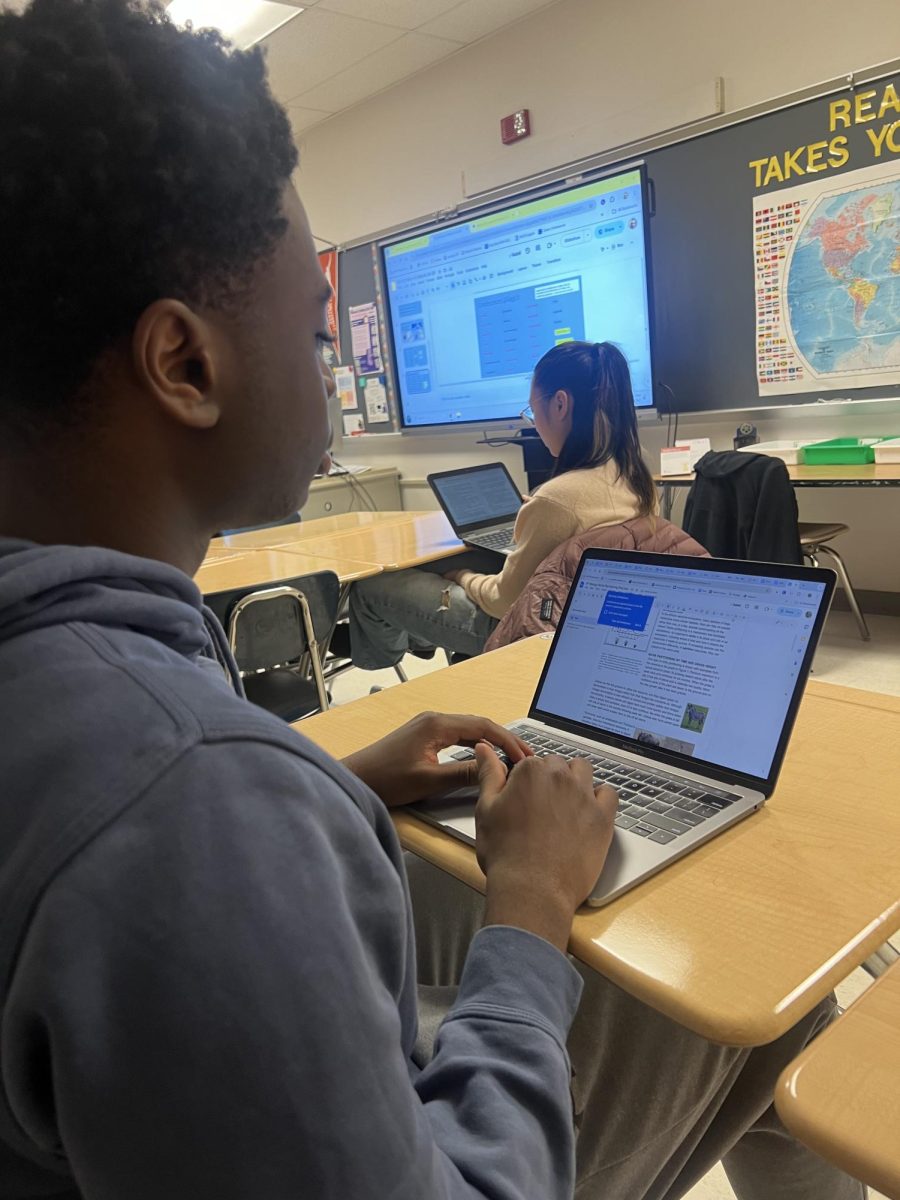Green. One of the two WCHS school spirit colors. Recently, WCHS has been embracing more of its “green” as, under the leadership of the Green School Club, it is on the mission to become an official Maryland Green School by the end of this year.
The Maryland Association for Environmental and Outdoor Education (MAEOE) created the Maryland Green School Program to recognize schools that are actively engaged in promoting environmental sustainability in their community. To gain this recognition, schools must apply directly on MAEOE’s website after completing a set of requirements involving documentation of the school’s environment-related activities.
“We have a list of stuff we have to do before we submit the application,” Co-President of the WCHS Green School Club Rachel Farnsworth said. “We need to document eight student-led projects relating to making the school more [environmentally] sustainable.”
MAEOE requires each student-led project to address a specific category of sustainability practices such as water conservation, energy conservation, solid waste reduction and more. Although eight projects may seem like an overwhelming task, WCHS has many environmental-related initiatives and clubs that can help fulfill this requirement.
“We are working with EcoMoco, a student-led organization involved with environmental advocacy in our community, as well as the Clean Waters club and documenting their activities,” Co-President of the WCHS Green School Club Erin Knight said. “Park Cleanups are an example of the type of documentation we need to demonstrate how WCHS is helping its community.”
Although park cleanups help make the WCHS community and local ecosystems cleaner and safer, it is an outside-of-school effort, signifying that earning this recognition is no simple task and involves time commitment outside of school. The busyness of the school year may spark challenges to achieve this recognition on time. Still, given what has already been accomplished, it has been established as a priority for the school.
“We have seen a lot of waste as a lot of materials get wasted and not in the right places,” Knight said. “We have made progress in waste reduction by adding refrigerators in the cafeteria, creating a place for unwanted foods to be stored for anyone to take at any time of the day and are currently waiting for a grant to go through to implement compost bins and plant more trees.”
The Green School Club has been working hard to enact sustainability practices through physical means, but they have also been working towards implementing environmental education in the school curriculum. When more students understand the importance of sustainability, they are better able to engage in the “green” effort.
“We need four school subjects that involve sustainability in their curriculum,” Farnsworth said. “AP Environmental Science and AP Biology count and we have contacted art teachers to ask them to incorporate sustainability projects into their curriculum.”
Principal Taylor has been communicating with the Green School Club to discuss what and how specific topics relative to environmental sustainability can be weaved into certain subjects’ curricula. Principal Taylor and the club alone cannot accomplish it all on their own; it truly requires the dedication of all WCHS students.
“We really need the whole school to help out as it’s just easier to get stuff done with a bigger group of people,” Knight said. “After we earn our certification, we plan to help pass it on by helping middle schools like Cabin John achieve it because it is harder for the younger students to get documentation.”









